Skin cancer myths
You know the basics when it comes to skin cancer prevention. Apply sunscreen, avoid sunburns, check for unusual moles, and schedule your annual visit with your dermatologist. These are all good skin cancer prevention habits to practice, but there’s more to skin cancer than just a lack of sunscreen or spotting odd moles.
Skin cancer is the most common cancer in the U.S., according to the Centers for Disease Control and Prevention (CDC). Therefore, it’s important to know more than just the basics when it comes to reducing your risk.
We spoke with several health experts who dispel the most common skin cancer myths to protect yourself.

I tan and never burn—why should I worry?
“A big skin cancer myth is that people who tan effortlessly without burning will not get skin cancer. That is absolutely false. We see cancer in patients of all skin types. Already having a dark tan, or dark skin that doesn’t appear to burn, is not enough to protect you,” says Monica L. Halem, MD, founder and medical director for the New York Dermatologic Surgery Cosmetic Laser Center. Tanning may look healthy, but it is always an indication of skin damage. According to the CDC, tanning is the skin’s response to injury. Skin cells signal that they have become damaged by producing melanin (additional skin pigment).
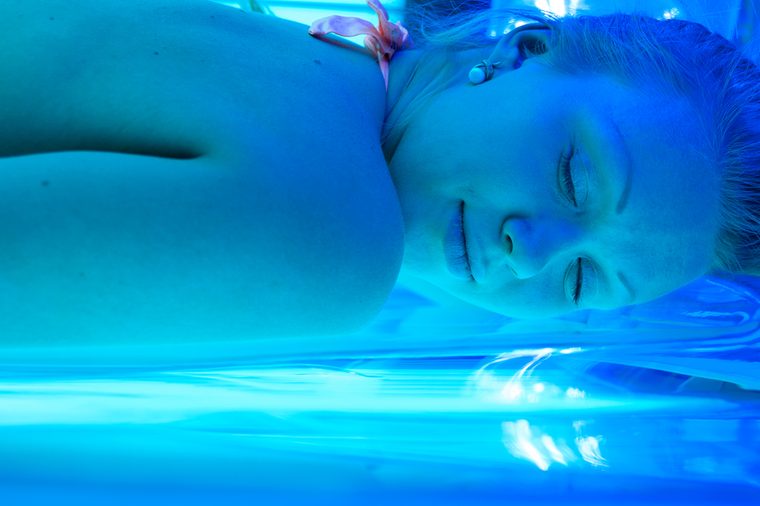
Tanning salons are a safe way to tan
Wrong. “One visit to an indoor tanning bed before age 35 can increase your risk of melanoma, the most dangerous type of skin cancer, by more than 50 percent,” says Joslyn M. Albright, MD, who specializes in surgical oncology, breast cancer, and melanoma at Advocate Christ Medical Center in Chicago. A 2012 study published in the Journal of Clinical Oncology followed 73,494 female nurses for 20 years and found that tanning bed use increased the risk for three types of skin cancer: malignant melanoma, basal cell carcinoma, and squamous cell carcinoma. As a result of this study and similar research, the researchers concluded that policymakers should pass and enforce restrictions on the indoor tanning industry.
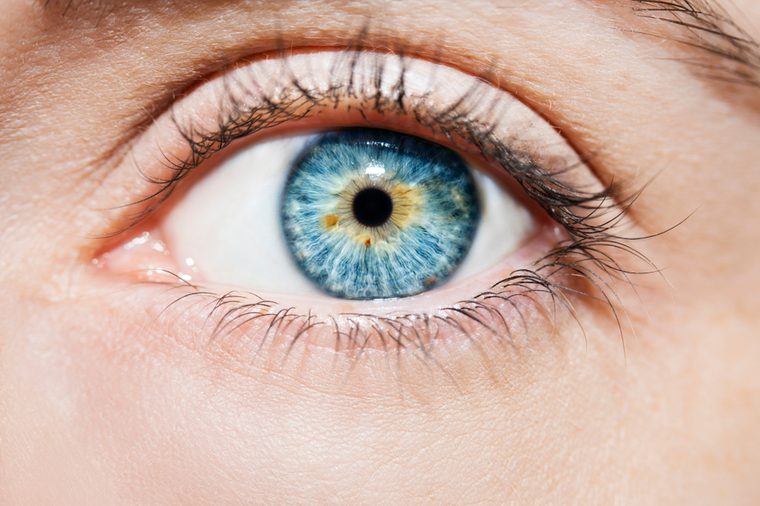
Skin cancer is limited to skin
Your eyes can get sunburned, too, and they can develop ocular melanoma, a kind of cancer which forms in cells that produce pigment in or around your eyes. “Just as exposure to UV rays damage the skin in the form of sunburn, they can also harm the eyes or affect vision. However, 94 percent of people don’t realize the sun can be just as harmful to their eyes as it is to their skin,” says Ryan Parker, OD, optometrist and optometric consultant with Essilor of America.
According to Dr. Parker, if your eyes are exposed to excessive amounts of UV radiation over a short period of time, you are likely to experience an effect called photokeratitis, or “sunburn of the eye,” a painful condition which includes symptoms such as red eyes, a feeling like grit in your eyes, extreme sensitivity to light, and excessive tearing. As with your skin, repeated intense exposure can lead to cancer; the risk is higher for people with light-colored eyes. Dr. Parker also suggests rethinking that seemingly blissful plan, to fall asleep in the sun without sunglasses on. “According to the Skin Cancer Foundation, skin cancer on the eyelid accounts for 5 to 10 percent of all skin cancers,” he adds.

It’s worth the extra money for high SPF sunscreens
The SPF—sun protection factor—on sunscreens and other products can be misleading. Here’s how it works: A product with an SPF of 100 theoretically allows you to stay out in the sun, and not burn, 100 times longer than you would without it. However, you still need to reapply it if you sweat or get wet to gain protection. People also tend to use a lower quantity of high-SPF sunscreens than they might those with lower SPF when they’re slathering them on.
A sunscreen with 15 SPF will screen out 93 percent of the sun’s UVB rays, explains Andrette Ward, MD, general pediatrician, of White Memorial Community Health Center in Los Angeles. “An SPF of 30 screens out 97 percent. An SPF of 50, 98 percent,” Dr. Ward says. “Appropriate use of sunscreen with an SPF of 30 is sufficient for protection from harmful UV radiation. Sunscreens with an SPF higher than 50 do not provide any additional protection from UVB radiation. They may also not provide enough screening for UVA radiation.” That’s because the FDA hasn’t approved sunscreen ingredients that can protect against UVA and UVB rays at those higher SPF numbers. These are the best sunscreens for every skin type.
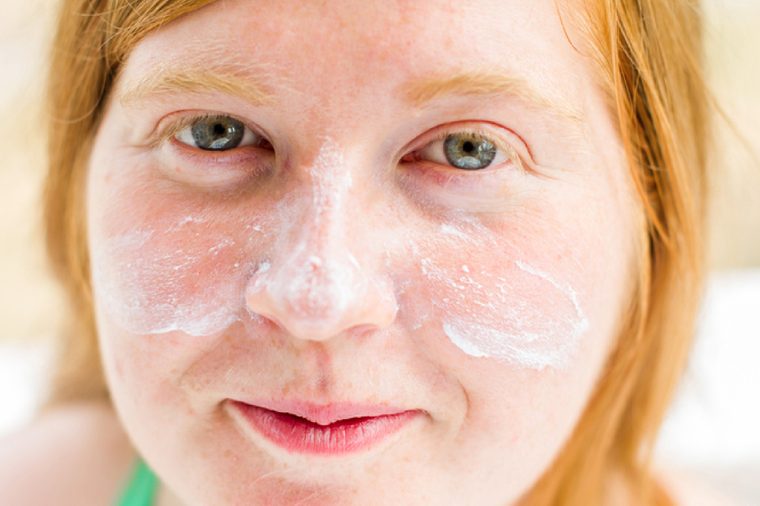
There’s not much I can do to protect myself from UVA rays
According to Dr. Halem, the best, most complete UVA ray blocker is still zinc. But let memories of lifeguards with white paste on their nose make you panic: “Zinc now goes on clear,” she says. There are many sheer zinc products on the market. Look for those that contain at least 20 percent zinc oxide, or a combination of 15 percent zinc oxide coupled with titanium dioxide to provide the best protection from UVAs. Zinc oxide is not absorbed into the skin, making it an excellent choice for children’s sun protection. Check out the various types of sun-protective clothing you can wear to block out the sun’s rays too.

Tanning as a child protects you from skin cancer as an adult
“This is one of the biggest skin cancer myths there is. Many people believe that large amounts of early sun exposure desensitizes children to skin cancer and sun damage when they grow up. In actuality, the opposite is true,” says Dr. Ward. Lots of sun exposure during childhood only adds to your lifelong sun damage and skin cancer risk. Also, here’s why adults and kids should not share sunscreen.

If it’s winter, I can ease up on the sunscreen
Winter sports enthusiasts take note—whether it’s summer or winter, hot or cold, the sun is still the sun. “You are exposed to UV rays even in the winter, especially if you ski at high altitudes,” says Dr. Halem. If you’ve ever found yourself squinting outside in the bright, white snow, you’ll know that protecting your eyes under sunglasses during winter months is important, too. Here are 6 more reasons you need sunscreen in winter.

If I can’t see the sun, I’m safe
An overcast day is no protection. “UV rays can stream right through the clouds,” explains Dr. Albright. In fact, according to the Skin Cancer Foundation, a full 80 percent of UV rays can make it through cloud cover. If you’re vain about your skin, whether it’s overcast or sunny, make sure to slather up any exposed areas when you go outside.

My child and I have dark skin, so we don’t have to worry about skin cancer
People of color can get skin cancer, although their risk is lower than those with fairer skin, according to the CDC. All children require protection from UV rays, though: “Infants and toddlers of color have less melanin in their skin than they will eventually have when they are grown. For that reason, they have less skin protection from UV rays as children than they will as adults,” explains Dr. Ward. Remember that sun damage to skin is cumulative. “Skin cancer has a lower incidence in people of color, that much is true. However, skin cancers tend to be diagnosed later, with worse outcomes, in those populations,” she adds.

I rarely go outdoors—I don’t need sun protection
If your idea of a fabulous time is curling up with a good book by the window, you’re getting more sun exposure than you think. Windows block UVB rays from burning your skin, but they do nothing to reduce UVAs, those tricky rays associated with melanoma. While it’s true you won’t get a sunburn while sitting indoors, UVA rays can filter through window glass, including skylights, and car windows. Don’t miss these other surprising skin cancer risks you probably ignore.
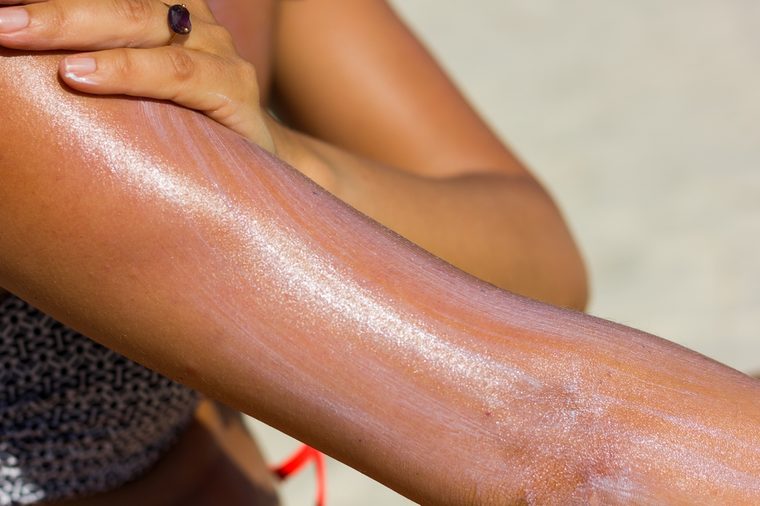
I applied sunscreen this A.M., so I’m good
Putting on sunscreen before you leave home in the morning is a great start! However, “reapplication every two hours is key, especially after swimming, strenuous exercise, and sweating,” stresses Dr. Albright. That includes your SPF face makeup, too. Touch-ups during the day may be difficult to do, but if you’re counting on your makeup to protect your face from the sun, it’s an absolute must. And yes, there are sunscreens out there that you can apply over makeup.

Clothing provides plenty of sun protection
Not all fabrics are created equal. In fact, clothing made from lightweight summer fabrics typically have an ultraviolet protection factor (UPF) of around 5, which is too low to offer meaningful protection. “Most people think they’ll be protected if they wear a T-shirt, but those types of lightweight fabrics do not provide much sun protection,” says Dr. Albright. “If you will be in a situation of intense unshaded sun exposure, it’s a good idea to check out sun protective clothing. Protection levels range from UPF 15, all the way to 50+.”

You’re too old to get skin cancer
“Many of my patients think melanoma is a common cancer in young adults, especially women. They’re right, but that doesn’t mean elderly people, both men and women, don’t need to worry,” says Dr. Albright. According to the American Cancer Society, the risk of getting melanoma actually goes up as you age; the average age at diagnosis is 63. It’s important to continue to protect your skin from UV rays and to see a dermatologist regularly throughout your lifetime.
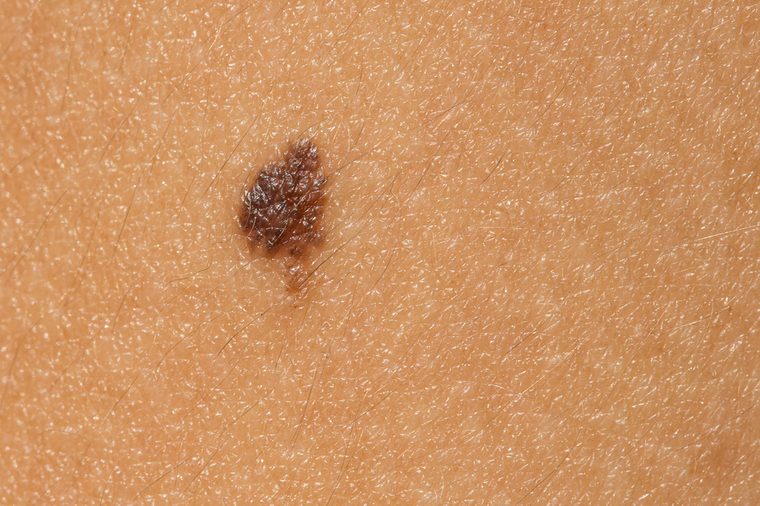
Few moles equals low skin cancer risk
The CDC lists having lots of moles as being a risk factor for skin cancer, but not having moles does not mean you’re risk-free. Keep an eye on any mole—even if it’s your only one—and let your doctor know if you notice a change. Find out how to check your body for cancerous moles.

People don’t die from skin cancer
Malignant melanoma can be deadly: According to data compiled by the American Cancer Society, over 100,350 new melanomas will be diagnosed in the U.S. in 2020. Of that number, over 6,000 people are expected to die of melanoma. It’s important to remember that most skin cancer can be avoided by dispelling the myths associated with it and following safe sun guidelines.
